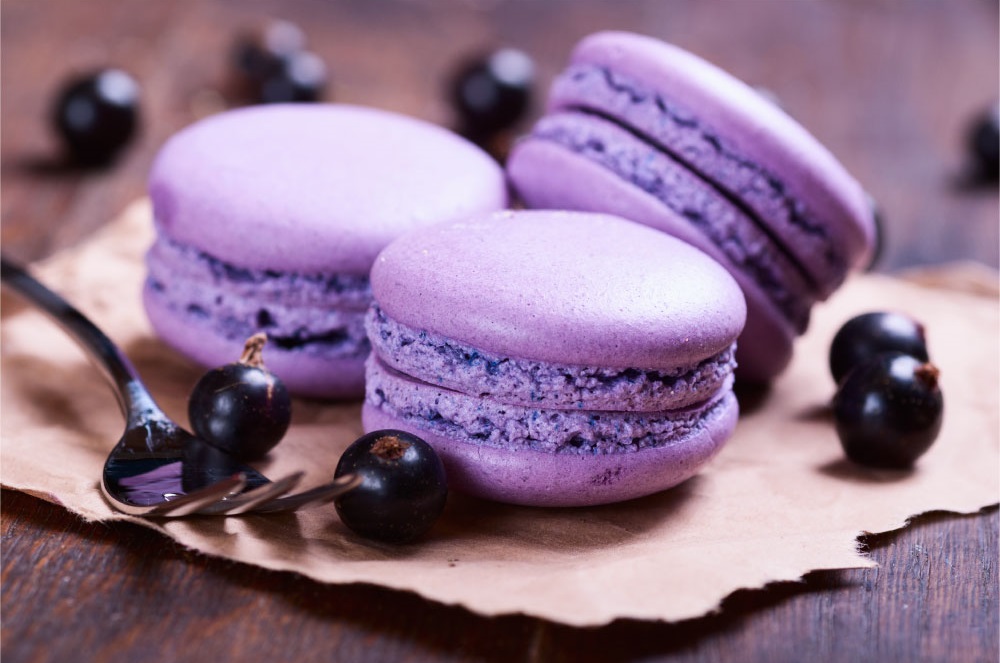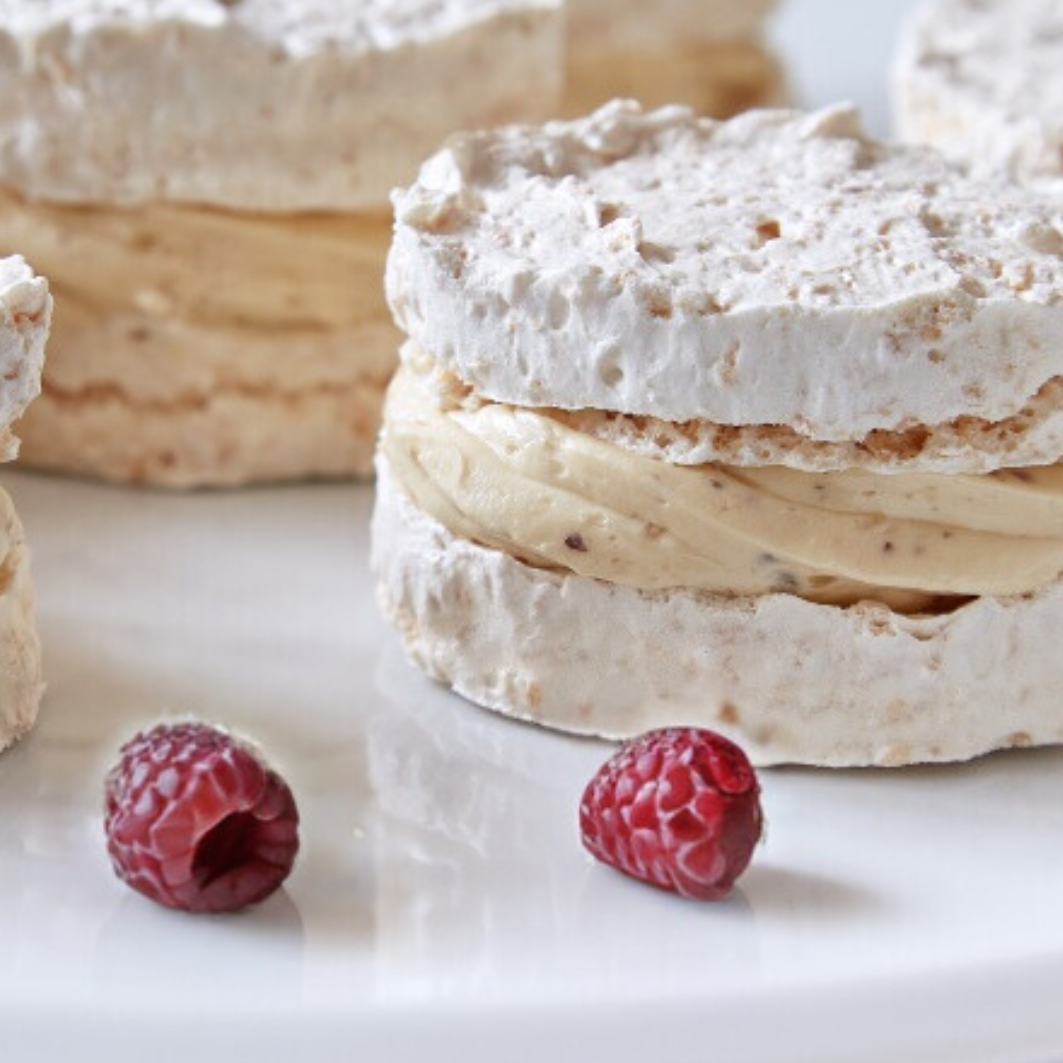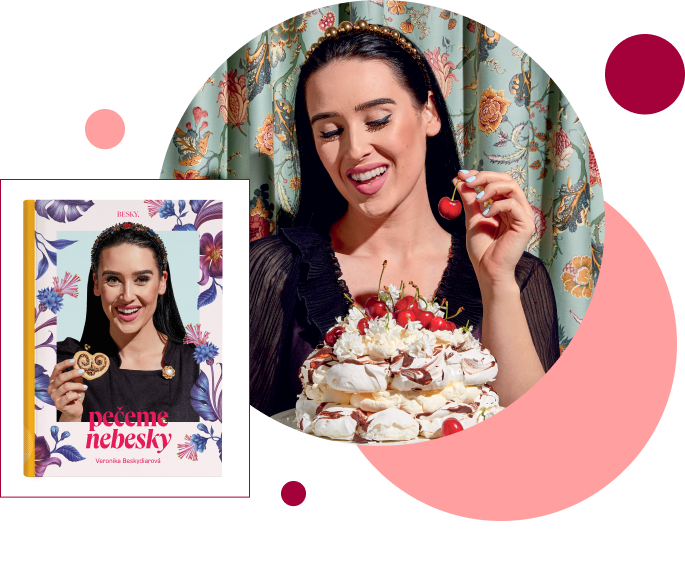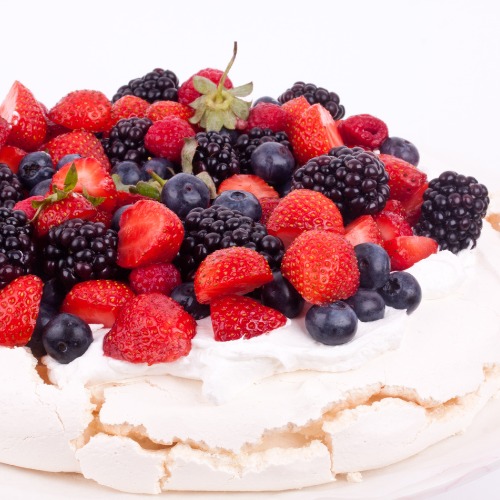Sinful chocolate

We owe it to the Spanish explorer Hernán Cortés. At the beginning of the 16th century in Central America, he became acquainted with the popular drink of the natives, which they prepared from cocoa beans. At first he did not like it very much, because its bitter sour taste did not go well with his delicious European tongue. But if you sweetened it with honey, the situation suddenly changed.
Then when it returned to Europe with a cargo of this "brown gold", the local monks improved the drink by adding sugar and spices. Of course, at first it was the privilege of only the rich classes. It was served in luxurious porcelain in the courtyard itself. The recipe was strictly guarded for a whole century, and only the marriage of the French king Louis XIV and the Spanish infanta Maria Teresa helped spread this delicacy to France. From there, she got further to Europe.

Around 1650, the first chocolate factories also began to appear in London. It is still the drink of the wealthy aristocracy, and it is also considered a drink for adults only, which we find hard to believe today.
And to what inventions and ideas do we owe the fact that we can enjoy chocolate? First of all, to the cocoa press, which was able to separate the fat from the cocoa beans. This created cocoa powder , which together with milk created another popular drink and allowed us to add it to cakes and desserts.

Next, the idea that if we return part of the cocoa butter to this cocoa powder, we will get a malleable cocoa mass that can be poured into molds. And there was the firstchocolate bar in the world.

Following on from previous discoveries, the idea arose to add powdered milk to the chocolate mixture and there was milk chocolate!
The perfect point in the chocolate refinement process was the discovery of the so-called conching, or mixing, spreading and aeration. Thanks to this technique, the chocolate became velvety and shiny.
These are all processes that bring us industrially produced products. But what if we want to make, for example, pralines at home? Then you need to know how to temper the chocolate so that the result is according to our ideas.
And what exactly is tempering? If I use the technical terminology, it is a process where the disturbed crystalline lattice of cocoa butter is brought into a properly organized form. That sounds awful huh? But in the end it's easier than it looks. In short, it is enough to heat the chocolate to a temperature of 40-45 °C and then cool it rapidly and evenly to a temperature of 29 °C for white chocolate and 31-32 °C for milk and dark chocolate. If you want to temper on a plate or table, choose a surface that has the ability to absorb heat and is absolutely smooth, such as marble or stainless steel. Disinfect surfaces before use with a paper towel soaked in alcohol such as vodka. Then all you have to do is prepare the thermometer and you can start.
1. Tempering by stirring and rolling on a plate
Pour three-quarters of the melted chocolate onto the plate and leave one-quarter in the bowl. The chocolate remains on the melting pile, and we scoop up the cooled part with a spatula from below and use the other spatula to scrape it back onto the pile. We repeat this procedure until we reach a temperature of 27.5 °C. Then return the chocolate from the plate back to the bowl and mix thoroughly. We check the temperature and use it immediately so that it does not start to cool down and thus solidify.
2. Tempering by spreading on a plate
Pour two-thirds of the chocolate onto the plate and leave the rest in a bowl. Spread it in a thin layer over the largest possible surface. Then immediately return it to the bowl and mix thoroughly. We measure the temperature and if it is higher, we repeat the procedure.
3. Tempering the chocolate in the microwave oven
Put three-quarters of the chocolate in a plastic bowl , put it in the microwave and turn it on at full power for 30 seconds. Take out and stir. Repeat this until the chocolate is heated. Add a quarter of the solid chocolate and stir until all is melted. If this does not happen, the entire procedure must be repeated, including warming up.
In this way, you will get a chocolate that will be shiny, easily tipped out of the mold and characteristically crunchy when broken.
To work with chocolate, it is good to know the quality one. Bitter , which consists of cocoa butter, cocoa mass and sugar, should contain at least 35% cocoa solids. Very high quality are those with more than 50%. Milk chocolate has the same composition, but also contains dried or condensed milk. The minimum proportion of milk fat and cocoa butter is 25%, and the content of total cocoa solids is prescribed for milk chocolate at a minimum of 25%, but high-quality ones contain 30 to 35%. And we mustn't forget white chocolate , even though many people don't think of it as chocolate. It contains cocoa butter, whole milk powder, cane sugar and possibly vanilla. You will not find cocoa mass in it. Regular white chocolate must have at least 20% cocoa butter. High-quality can have up to 40%.
And what is cocoa butter ? It is a fat obtained from cocoa beans that has a bright yellow color. Its melting point is between 32 and 38 °C, which is why chocolate melts so beautifully in our mouths. It is firm but brittle at normal room temperature. Cocoa butter is the most ideal way to dilute chocolate, e.g. when decorating, topping or dipping confectionery products.







